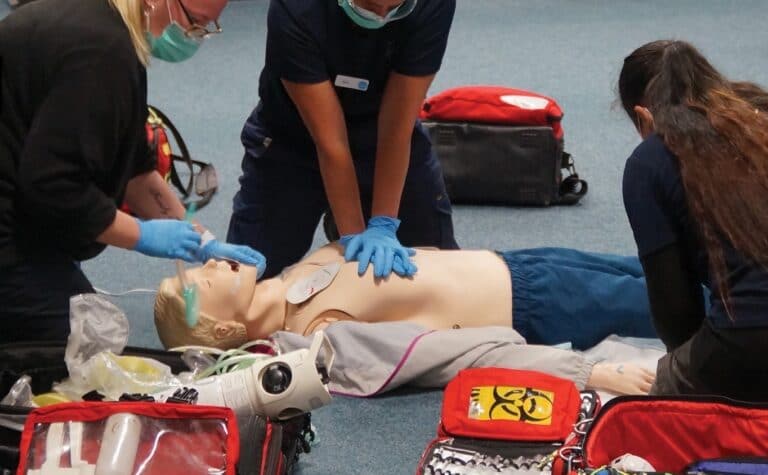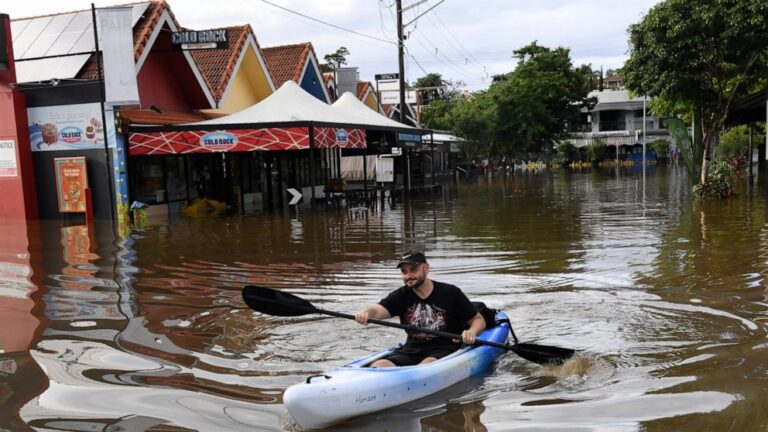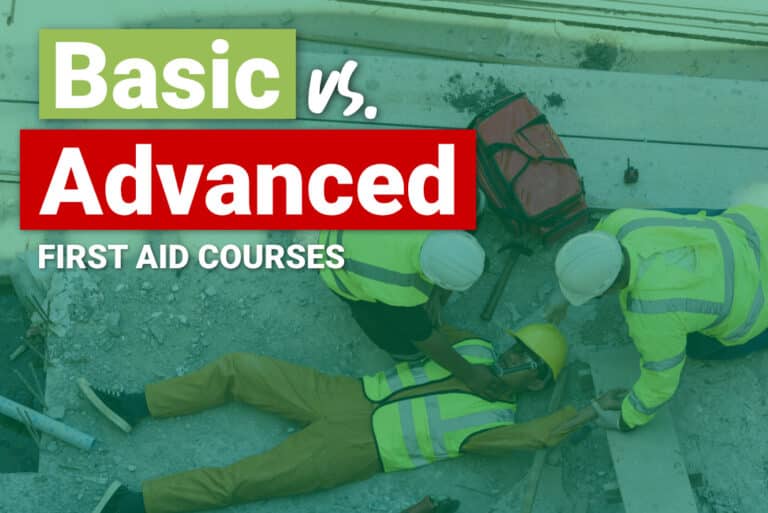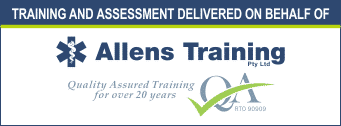Have you ever wondered what to do when someone is hurt and you don’t know the essential first aid skills? You’re not alone.
When life throws you a curveball, knowing to act quickly and effectively can be the difference between panic and purpose.
But imagine possessing the know-how to step up during those crucial moments, transforming panic into purpose.
Essential first aid skills aren’t solely for paramedics or doctors; they’re for everyone – from teachers in Brisbane classrooms to friends at the local football match.
These life-saving techniques empower you to act confidently when a medical emergency occurs, saving precious seconds that could make all the difference.
In this article, we’ll delve into five essential first aid skills: understanding basic anatomy, responding effectively to emergencies, performing CPR and using an AED device, treating wounds and injuries, and handling choking incidents.
Understanding how things work could be your game-changer.
Ready to become a life-saver? Call us at 07 3872 6777 or secure your spot online today!
Table Of Contents:
- Essential First Aid Skills Everyone Should Learn
- Understanding Basic Anatomy and Physiology
- Recognising and Responding to Emergencies
- Performing CPR and Using an AED
- Treating Wounds and Injuries
- Recognising a Choking Incident
- FAQs about Essential First Aid Skills
- Empowered to Act: Your First Aid Journey Begins Now
Essential First Aid Skills Everyone Should Learn
Knowing basic first aid is a life skill. It’s not just about sticking on plasters and cooling down injuries but also recognising how to respond to emergencies.
First, let’s chat about the importance of learning first aid.
When emergencies occur, the actions you take within the first few minutes are crucial.
They can mean the difference between minor injuries, severe damage, or even life or death.
Basic Anatomy and Physiology
Before we delve into addressing injuries, it’s beneficial to grasp what lies beneath our skin. Understanding human anatomy lets us identify potential injuries more accurately.
Learning physiology helps us understand how our bodies function, which is vital when things go wrong.
Recognising Emergencies
Emergencies don’t come with instructions. Knowing how to spot signs of trouble quickly could save someone’s life.
Early identification of strokes significantly increases the chances of recovery.
CPR and AED Use
When hearts stop beating, every second counts.
Learning CPR (HLTAID009 Provide Cardiopulmonary Resuscitation) helps maintain blood circulation until professional assistance arrives while using an AED might get that heart pumping again.
Treating Wounds and Injuries
Injury treatment is a fundamental aspect of first aid. It is not just the application of bandages for cuts but also correctly managing burns, sprains, fractures, and other conditions.
Each injury type needs specific care to help recovery along.
Choking Incidents
Choking incidents often occur when food or objects become lodged in the airway, making it crucial to be aware of the signs and immediate response measures to prevent serious harm or even fatalities.
Effective first aid and timely intervention can make a significant difference in the outcome of choking incidents.Understanding Basic Anatomy and Physiology
Let’s delve into the core concepts of human anatomy and physiology. Anatomy refers to the structure of our bodies – it’s all about what we’re made up of.
This knowledge is essential in effectively responding to emergencies and offering critical assistance.
While a comprehensive understanding is not mandatory, a basic level of proficiency is of utmost importance.
The key areas to focus on includes:
Airway, Breathing, and Blood Circulation (Life-Threatening)
Understanding the principles governing airway maintenance, respiration, and circulation is crucial, especially when a person’s life is at risk. Rapid and appropriate responses in these areas can make a significant difference.
Main Arteries
Familiarity with the locations of major arteries is essential for promptly addressing severe injuries or bleeding incidents. This knowledge aids in applying pressure to control bleeding effectively.
Skin and Musculoskeletal System
A basic understanding of the skin and the musculoskeletal system is beneficial when dealing with various injuries, fractures, or soft tissue damage. Proper assessment and immobilization of injured areas are key aspects of first aid.
Applicable Injuries
Identifying and providing initial care for common injuries is part of a first aider’s role. Knowledge of how to manage wounds, burns, and fractures can mitigate pain and prevent complications.
Basic understanding of anatomy and physiology is needed to be an effective first aider. It empowers individuals to respond confidently and competently during emergencies, ensuring the best possible outcomes for those needing assistance.
Key Takeaway: Understanding how our bodies extract and utilise vital nutrients can provide us with a better understanding of our health. Armed with this knowledge, we are better prepared to make informed choices and respond effectively when unexpected situations arise.
Recognising and Responding to Emergencies
Amidst life’s fast-paced rhythm, emergencies can occur unexpectedly at any moment. Therefore, it is essential to be able to recognise them and respond accordingly.
Spotting an Emergency
The first step is recognising an emergency. You need sharp observation skills because things might sometimes be different from what they seem.
Recognising the indicators facilitates a speedy response to getting them the needed assistance.
For instance:
- Someone falling over could be tired or going into shock.
- A sudden change in skin colour or breathing patterns is a tell-tale sign that something’s wrong.
- Other indicators include chest pain, unresponsiveness, or severe bleeding.
Have confidence in your instincts as well; if something doesn’t feel right, it likely isn’t.
Taking Action
Once you’ve recognised an emergency, swift action is vital. But remember: don’t put yourself in danger while trying to assist others.
- Make sure the area is safe before approaching the person needing help.
- Seek medical assistance immediately by calling Triple Zero (000) – Australia’s emergency call service number.
- If trained or HLTAID009 Provide Cardiopulmonary Resuscitation certified, perform first aid techniques such as CPR until medics arrive.
Keeping Calm Under Pressure
It’s easy to get overwhelmed in an emergency. But panicking won’t help you or the person needing assistance.
Take a few calming breaths and concentrate on the task at hand.
Remember, even if your actions don’t result in a perfect outcome, any help during an emergency can make a significant difference.
Doing anything is frequently more beneficial than doing nothing.
Performing CPR and Using an AED
Performing CPR is an essential life-saving technique that should be used in emergencies, such as heart attacks or near-drownings, to maintain blood flow and ensure oxygen reaches the brain.
Steps in Executing Cardiopulmonary Resuscitation on Adults (CPR)
In the event of finding an unconscious person not breathing normally, commencing CPR is essential.
The steps for CPR are straightforward:
1. Follow the initial steps of DRSABCD
2. Position Your Hands: Kneel beside the person. Place the heel of one hand on the centre of the person’s chest (on the lower half of the sternum, or breastbone).
Put your other hand on top of the first. Interlock your fingers, ensuring that your fingers are not on the ribs.
3. Compressions: Lean over the person with your arms straight, and press down hard and fast, compressing the chest at least one-third the depth of the chest, approximately 5cm to 6cm.
The compression rate should be 100 to 120 compressions per minute. Allow the chest to rise completely between compressions.
4. Rescue Breaths: After 30 compressions, give two rescue breaths. To do this, open the person’s airway by tilting the head back and lifting the chin.
Pinch the person’s nose shut, take a normal breath, and cover the person’s mouth with yours, creating an airtight seal. Give a breath over one second that makes the person’s chest rise. Repeat for the second breath.
5. Repeat Cycles: Continue with cycles of 30 chest compressions and 2 rescue breaths until professional help arrives, an automated external defibrillator (AED) is ready to use, the person shows signs of life like moving, opening their eyes or breathing normally, or until you are too exhausted to continue.
For those unsure about doing mouth-to-mouth, focus on hands-on CPR, which involves continuous chest compressions until help arrives.
Operating an Automated External Defibrillator (AED)
These handy devices can be found in public places like shopping centres and sports grounds.
To use an AED, follow its voice prompts. Once attached correctly, it will analyse if a shock needs delivering based on the person’s heart rhythm.
- The Australian Red Cross has some detailed advice on performing effective CPR.
- The Australian Defibrillators provide guidance using an AED.
While we hope you’ll never need to use these skills, being prepared is essential. As they say, better safe than sorry.
Treating Wounds and Injuries
Let’s tackle the practical skills needed to help when there is an injured person.
From minor cuts to severe burns, understanding how to respond effectively can make a significant difference.
Cuts and Scrapes
Cuts and scrapes are common injuries that everyone encounters at some point.
The first step is always to wash your hands and clean the wound with warm water and mild soap.
Next, apply an antibiotic ointment, if available, before covering it up with a bandage or dressing. It’s crucial not just for healing but also for preventing infection.
Burns
Burns can be tricky; they range from minor ones like sunburns or touching a hot pot to major thermal injuries that need immediate medical attention.
For minor burns, cool them down under running cold water for 20 minutes. Never use ice, as it might cause more damage.
Apply burn cream if you have one, then loosely wrap it in plastic film. Yep, good old cling film works wonders.
Sprains and Fractures
Sprains occur when ligaments stretch too far, while fractures involve broken bones.
Both require immobilisation using splints or bandages followed by applying cold packs on top of the area – remember, never place ice directly onto the skin.
Having essential first aid skills isn’t about replacing doctors but giving the best possible help until professional medical assistance arrives.
This is why we’re here at My First Aid Course: to give you the essential first aid skills and confidence you need when emergencies strike.
Recognising a Choking Incident
When someone’s airway gets blocked, it can turn an ordinary day into an emergency. Act swiftly and be prepared to take action.
- In adults and children: Look for signs like inability to talk, difficulty breathing, weak cough, clutching the throat with one or both hands and skin turning blue.
- In infants: Infants may show similar symptoms, along with a weak cry and inability to suck or swallow.
A Little Knowledge Can Go a Long Way
Knowing how to handle choking incidents is an essential skill, but there’s more to first aid than this.
Our first aid courses at My First Aid Course in Brisbane offer comprehensive training in various emergencies. Don’t forget that each second is critical when it comes to saving lives.
FAQs about Essential First Aid Skills
Why is learning CPR important?
Learning CPR is crucial because it can help save lives during emergencies. It helps keep blood flowing when someone’s heart has stopped or is not breathing well.
How does proper wound dressing benefit me?
Proper wound dressing prevents infections and speeds up healing. It also reduces pain and discomfort from injuries.
Why is it important to learn essential first aid skills?
Learning essential first aid skills is crucial because they empower individuals to take action and potentially save lives in critical situations.
Empowered to Act: Your First Aid Journey Begins Now
First aid is not complicated. It’s about stepping up when someone needs help.
Today, you’ve learned the five essential first aid skills that could make all the difference.
From understanding basic anatomy to handling choking incidents. No one expects accidents, but being prepared lets you act confidently when they do happen.
You don’t need a medical degree or fancy gear; what matters most is having the courage, proper training and commitment to lend a hand in times of crisis.
Here at My First Aid Course, it is more than a certification — it’s your opportunity to make a difference and stand up during critical moments. Join us, and let’s make Brisbane a safer community together.
Don’t delay this vital training. Book your first aid course now at 07 3872 6777 or visit our website to learn more!

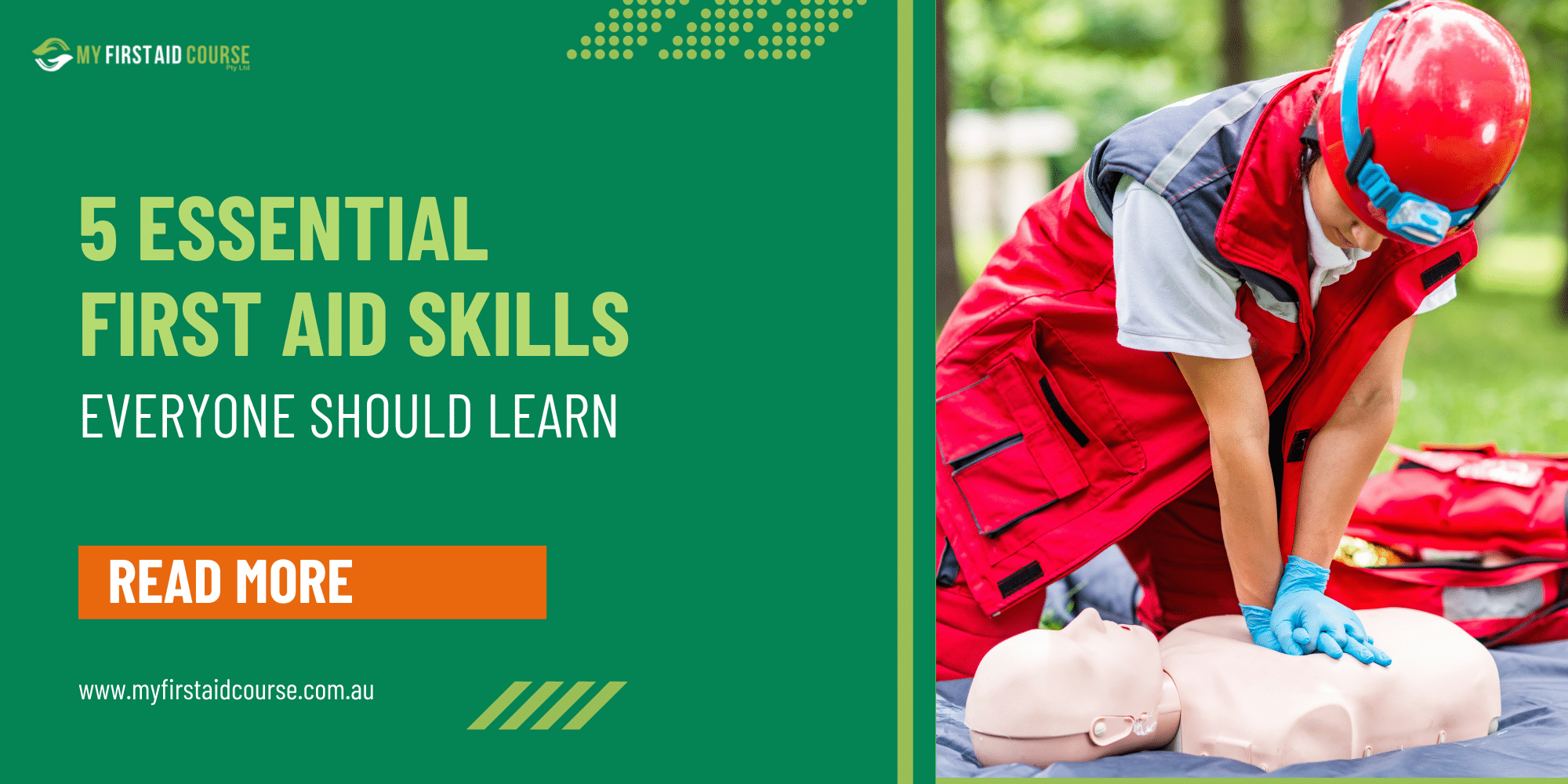


.png)
.png)
